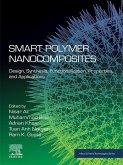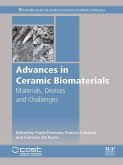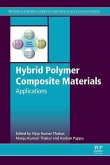Ceramic engineering deals with the science and technology of creating objects from inorganic and non-metallic materials. It combines the principles of chemistry, physics and engineering. Fiber-optic devices, microprocessors and solar panels are just a few examples of ceramic engineering being applied in everyday life. Advanced ceramics such as alumina, aluminum nitride, zirconia, ZnO, silicon carbide, silicon nitride and titania-based materials, each of which have their own specific characteristics and offer an economic and high-performance alternative to more conventional materials such as glass, metals and plastics are also discussed.
- Covers environmental barrier ceramic coatings, advanced ceramic conductive fuel cells, processing and machining technology in ceramic and composite materials, photoluminescent ceramic materials, perovskite ceramics and bioinspired ceramic materials
- Reviews both conventional, established ceramics and new, innovative advanced ceramics
- Contains an extensive review of the current published literature on established ceramic materials
Dieser Download kann aus rechtlichen Gründen nur mit Rechnungsadresse in A, B, BG, CY, CZ, D, DK, EW, E, FIN, F, GR, HR, H, IRL, I, LT, L, LR, M, NL, PL, P, R, S, SLO, SK ausgeliefert werden.









